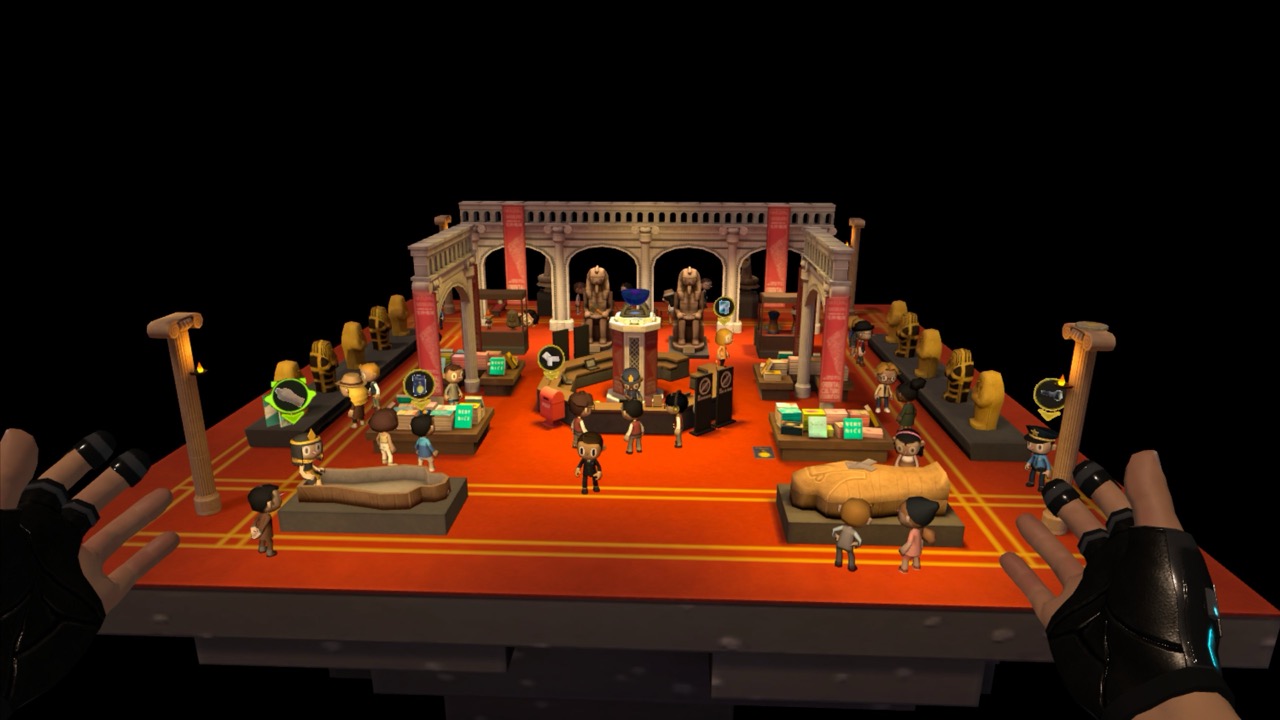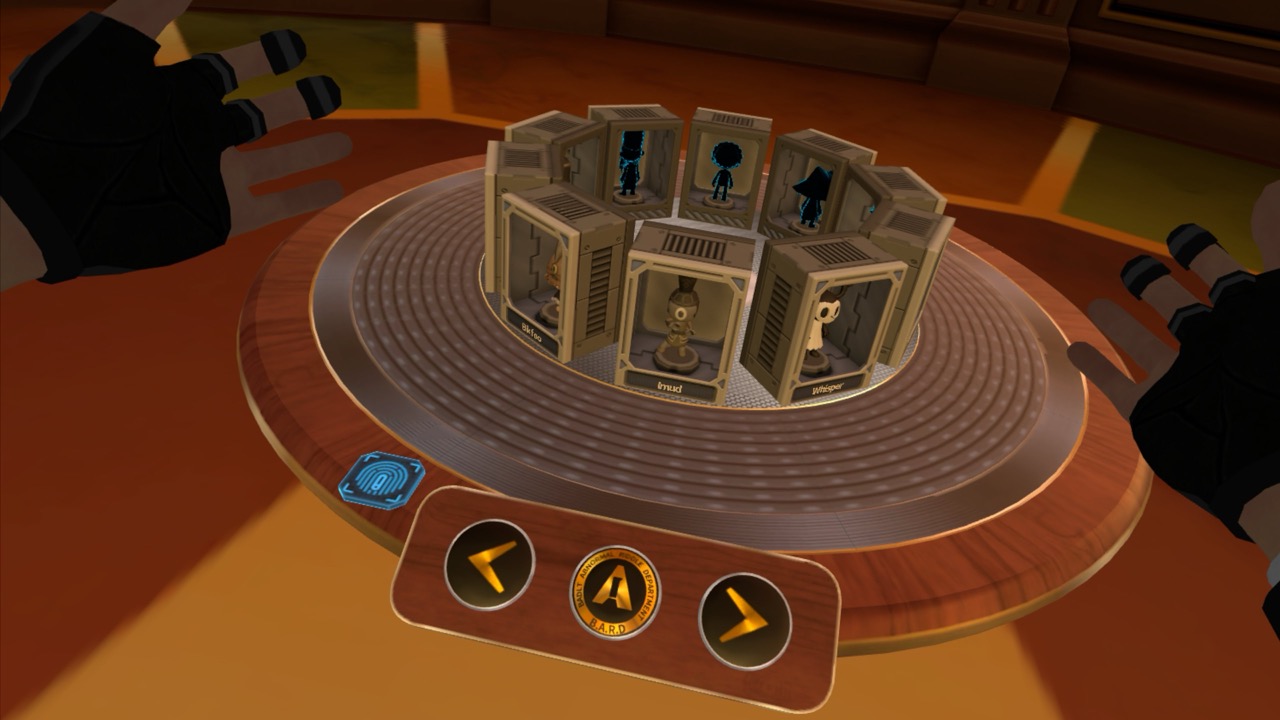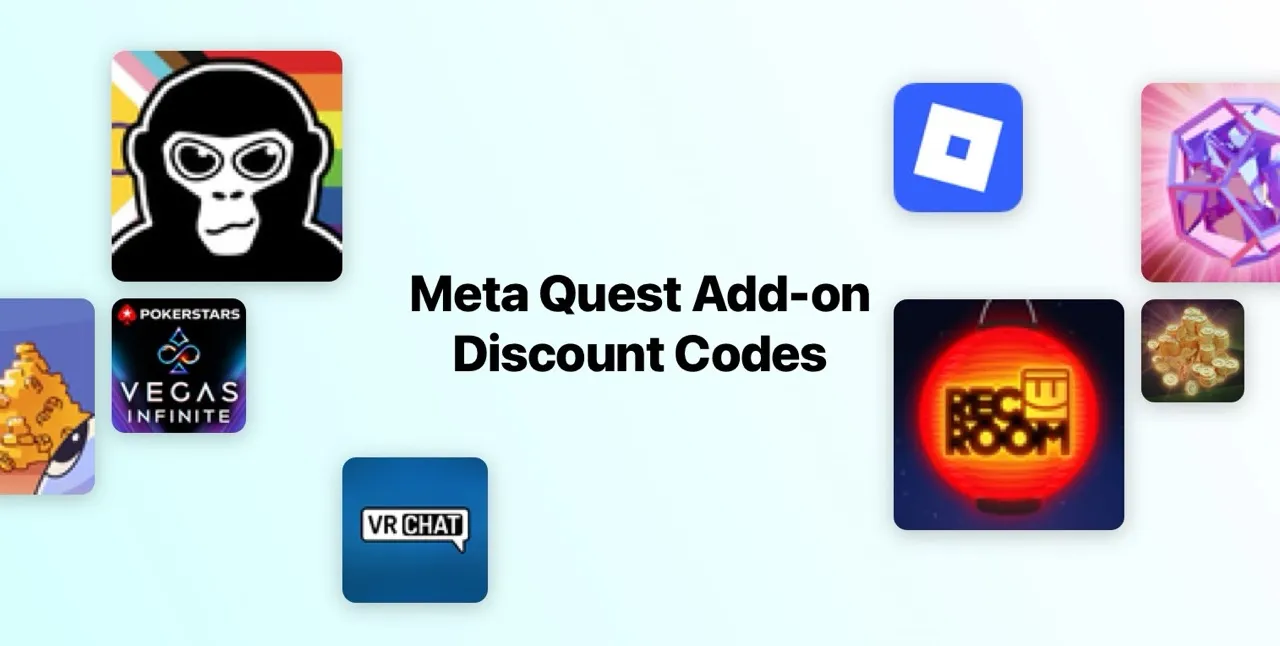Hidden Pictures: Agent Q is one of those games that nails what makes VR and especially mixed reality so magical
Every once in a while, a VR game sneaks up on you—not with flashy marketing or over-the-top mechanics—but with an earnest charm, clever design, and the kind of feel-good atmosphere that just makes you smile. Hidden Pictures: Agent Q on Meta Quest 3 is that kind of game. It blends hidden object sleuthing, light puzzle solving, and whimsical storytelling into a delightful, engaging package that genuinely feels at home in VR—and especially in mixed reality.
You play as Agent Q, an off-site mission control specialist working with a field agent to stop a gang of space pirates from stealing the precious Galaxy Orbs. These aren't your run-of-the-mill interstellar villains; they're mischievous, slippery, and hiding out in some of the most detailed and lovingly crafted dioramas you'll ever lay eyes on in VR. Helping the field agent track them down across these vibrant, miniature worlds is your job—and it's one that rarely stops being fun.

The worlds of Hidden Pictures: Agent Q are filled with adorable creatures known as Muddles. These are tiny, varied characters that inhabit each diorama, and they're brimming with personality. Some are helpful, some are just doing their thing, and others might be hiding something… or someone. The Muddles play a central role in your hunt for the Galaxy Orbs, often holding the keys—quite literally—to your progress.
Every level is a miniature scene filled to the brim with interactive elements, secrets, and visual storytelling. One moment you might be scouring a beach resort where Muddles are sunbathing and sipping smoothies; the next, you're diving into a cluttered laboratory buzzing with mechanical mayhem. The art style pops—vivid colors, stylized shapes, and a cozy handcrafted aesthetic that makes each level feel like a living, breathing dollhouse. There's so much detail packed into every inch of these spaces that I frequently found myself pausing just to admire how much love went into each scene.

Gameplay is split into three distinct modes, and the game switches between them seamlessly. It helps keep things feeling fresh, especially across the game's generous runtime.
Adventure Mode is the main attraction and where the game shines brightest. You explore each diorama to locate specific items requested by various Muddles. These items are often cleverly camouflaged into the scene—sometimes it's a toy shovel half-buried in sand, other times it's a sandwich sitting on a café table that you didn't realize was the exact one you needed. Once you find and hand over the right items, you collect pieces of the broken Galaxy Orb.
The genius lies in the layering. You're not just looking for stuff—you're figuring out who needs what and why. Giving the right object to the right Muddle is key to unraveling each level's miniature mystery. As you progress, the object-to-Muddle relationships get trickier, and the scenes more complex. You really have to use your observational skills and even a bit of logic.
And then there are the coins. Hidden throughout each diorama are secret coins tucked into nooks and crannies, often behind objects or embedded in the environment. These aren't just for bragging rights—they can be spent to unlock new Muddles you can interact with and pose outside of the main story. It's a brilliant way to incentivize replay and exploration, and honestly, I was hooked on finding them all.

Sometimes your field agent gets captured. That's when the game switches gears and presents you with a set of tabletop puzzles to solve. These puzzles range from simple sliding boxes to color-matching stackers to laser redirection challenges. They're intuitive, well-constructed, and make great use of the Quest's hand-tracking tech.
What starts out as simple logic games slowly becomes more complex, introducing time limits and more layers to solve through. And even though they aren't necessarily brain-burners, the ramping difficulty makes them satisfying to complete. The way they're presented—right in front of you like you're sitting at a desk in a spy HQ—really makes you feel like Agent Q. The tactile interaction of flipping switches or rotating dials with your bare hands adds a lovely sense of immersion.

At the end of each chapter or major segment, you'll face off against one of the space pirates in a boss battle. These play out like rhythm games where you have to hit colored boxes using the matching hand. It's not super complex—don't expect Beat Saber levels of depth—but it's still fun, snappy, and just silly enough to work within the world's tone.
There's enough visual feedback and pacing to make these moments feel rewarding, even if they're not the game's deepest feature. But that's kind of the point—they cap off each section with a little excitement and movement, reinforcing the story's momentum before it slows down again for more thoughtful sleuthing.

One of the things that really elevates Hidden Pictures: Agent Q on the Quest 3 is how well it integrates mixed reality. You can choose to play entirely in VR—where the dioramas float in a black void—or in MR, where the scenes appear on a tabletop in your actual environment. I opted for MR most of the time and loved how it made everything feel like a physical toy set in my living room. But for the screenshots, I played it in VR since the MR screenshots don't look as good as they do as you experience it.
It's rare to see MR used this well in a narrative-driven game. Being able to walk around the diorama, lean in to inspect it from above or below, and interact directly using hand tracking—it all comes together beautifully. The gesture recognition is reliable, and I hardly ever felt like I was fighting the system. Pinching, pointing, grabbing—it's all intuitive and responsive, further pulling you into the role of the meticulous spy master.
There are also moments where puzzles appear in MR space on a table in front of you, and it genuinely feels like a spy gadget moment. The designers clearly understood what works in MR, and it shows.

Visually, this game just works. Everything from the Muddles' exaggerated proportions to the pastel palettes of each diorama creates a world that feels alive, inviting, and imaginative. The soundtrack is light and cheerful with the occasional “spy mission” motif kicking in when it counts. Sound design is also solid—little pings when you find an item, rustles as you move things around, and charming voice-like mumbles from the Muddles keep you immersed.
There's also so much charm in how the game presents itself. The UI is clean and tactile. Hints are available if you're ever stuck, but they're optional and never intrusive. The transitions between gameplay modes are smooth, and loading times are practically nonexistent on Quest 3 hardware. You can tell the devs poured a lot of care into making the experience frictionless and delightful.

Hidden Pictures: Agent Q is one of those games that nails what makes VR and especially mixed reality so magical. It's not trying to be the biggest or most ambitious title on Quest 3, but what it does aim for, it executes brilliantly. With an engaging premise, delightful visuals, polished systems, and a genuine sense of joy in every scene, it's one of the most pleasant and rewarding VR games I've played in a long while.
Whether you're a puzzle lover, a hidden object enthusiast, or just someone looking for a cozy and clever VR experience, Hidden Pictures: Agent Q delivers. It's bursting with charm, stuffed with content, and built with care. I highly recommend it. Thanks for reading!
The game was reviewed on a Quest 3 via a promo copy provided by the publisher. Hidden Pictures: Agent Q is available on Meta Quest.





